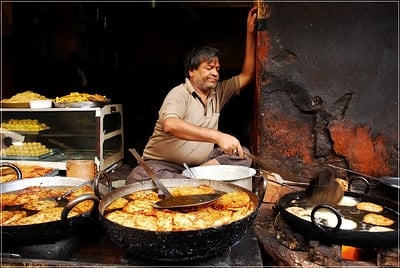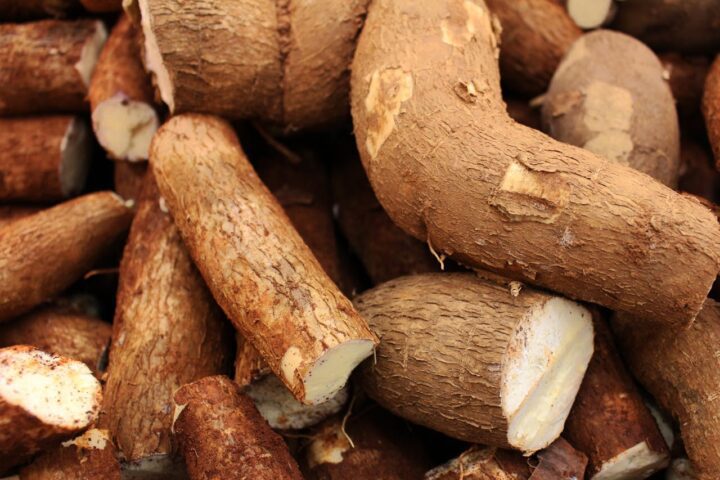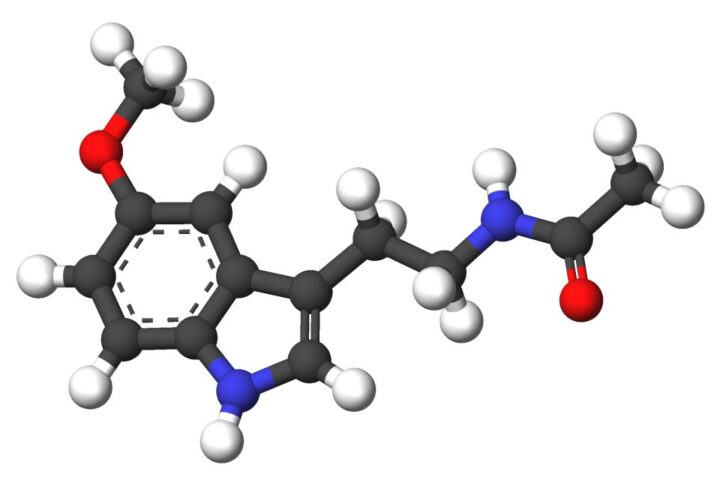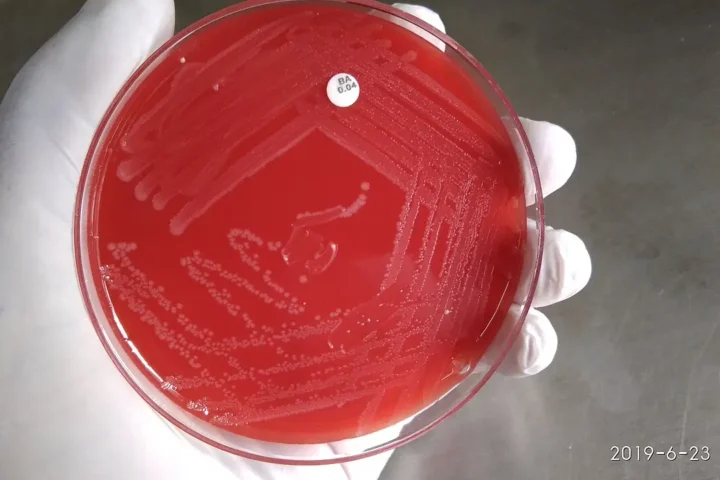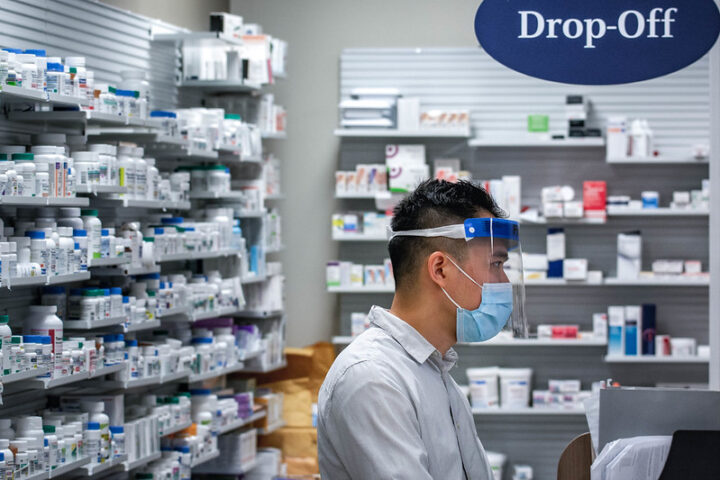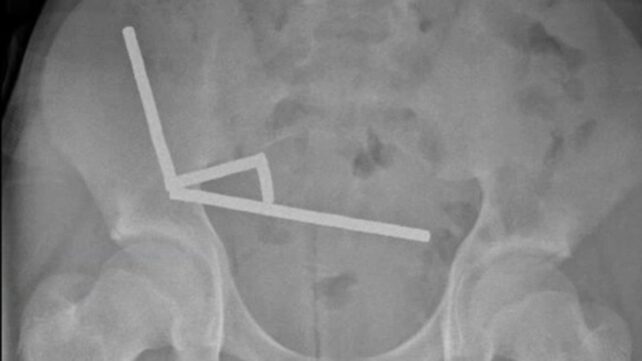India faces a growing health emergency that starts right on our plates. Recent findings from the All India Institute of Medical Sciences (AIIMS) reveal that over half of all diseases in the country stem directly from what people eat—or don’t eat.
“56 out of every 100 diseases in India happen because people aren’t eating the right foods,” says Dr. Parmeet Kaur, Chief Dietitian at AIIMS.
This shocking statistic signals a major shift in India’s health landscape. While infectious diseases once dominated public health concerns, lifestyle-related conditions now take center stage.
The Food Gap
Indians increasingly skip protein-rich foods like dal and legumes while rarely consuming enough protective fruits and vegetables. Instead, many prefer fried snacks and packaged foods that damage health over time.
Dr. Monita Gahlot, Senior Dietician at AIIMS, points out that only “28 out of 100 Indians regularly consume all recommended food groups—vegetables, grains, proteins, dairy, and healthy fats.”
The problem starts early. Over 77% of Indian children aged 6 months to 2 years don’t receive diverse foods crucial for proper development. Eight states show particularly alarming statistics—including Uttar Pradesh (86.1%), Rajasthan (85.1%), Gujarat (84%), Maharashtra (81.9%), and Madhya Pradesh (81.6%)—where more than 80% of young children lack minimum dietary diversity.
The consequences appear quickly. About 34% of children between 5-9 years already show high triglycerides, an early warning sign of metabolic problems.
“We’ve gotten better at fighting infectious diseases. Now we need to tackle these lifestyle diseases and obesity,” stresses Dr. M. Srinivas, AIIMS Director.
The Ultra-Processed Problem
The market for ultra-processed foods (UPFs) in India grew at 10% annually from 2019, reaching ₹2.58 lakh crore in 2024. These products—packed with fat, sugar, and salt—now rank as top food expenses in both urban and rural households according to the Household Consumption Expenditure Survey 2023-24.
Food inflation compounds the problem. While headline CPI food inflation eased from 5.53% (January 2025) to 3.20% (February 2025), ongoing price pressures push many families toward cheaper, ultra-processed options.
Similar Posts
Government Response
Several national initiatives aim to reverse these trends:
ICMR-NIN Dietary Guidelines: The Indian Council of Medical Research and the National Institute of Nutrition released 17 comprehensive guidelines in 2024. Key recommendations include eating plenty of vegetables and legumes (400g daily), moderating oils and fats, reading food labels, and staying physically active.
Poshan Abhiyaan: This National Nutrition Mission uses real-time monitoring through the Poshan Tracker App (which received the Prime Minister’s Award for Excellence in Public Administration 2024) to improve nutrition for children, adolescent girls, and mothers. The program’s ICT-RTM platform (ICDS-CAS) connects anganwadi-level data to state and central dashboards, ensuring coordinated delivery of nutrition, health, and water-sanitation services.
Eat Right India: The Food Safety and Standards Authority of India (FSSAI) has certified over 2,900 “Eat Right Campuses” (including nearly 100 prisons) and trained 10,000 street food vendors in Mumbai on hygiene and label literacy.
Fit India Movement: This nationwide campaign has activated 50,000 schools and launched the ‘Aaj Se Thoda Kam’ media drive to reduce fat, sugar, and salt intake.
School Mid-Day Meal Scheme: Fortified rice pilots in this program reduced anemia rates by 12% among beneficiaries in Telangana districts. The scheme also includes trials with millets in Odisha’s Anganwadi Centers.
Traditional Foods Revival
The National Millet Mission has increased millet cultivation by 30% (2023-24). Biofortified sorghum and pearl millet varieties with enhanced iron and zinc have been released in Rajasthan and Gujarat.
Dr. Hemalatha R., Director of ICMR-NIN, states: “These guidelines reflect evidence-based, culturally relevant messages, crucial for national nutrition goals.”
Dr. Rajiv Bahl, ICMR Director General, adds: “Practicable dietary advice and food-safety emphasis will complement Poshan Abhiyaan objectives.”
Digital Support
ICMR-NIN’s “Nutrify India Now” app—available in 17 Indian languages—has exceeded 500,000 downloads. The app offers personalized diet assessments, label-reading guides, and daily meal planners to help bridge knowledge gaps.
Fortification Progress
Iodized salt now reaches 94% of Indian households. In January 2025, FSSAI mandated vitamin A/D fortification standards covering over 80% of branded edible oils to address widespread micronutrient deficiencies.
What You Can Do
Doctors recommend these practical steps:
- Eat 400 grams of fruits and vegetables daily
- Include protein sources like pulses, legumes, and lean meats
- Read food labels carefully
- Moderate salt, sugar, and oil intake
- Stay physically active
- Teach children about healthy food choices
The ICMR suggests a balanced diet should get no more than 45% of calories from cereals and millets, with the remainder from diverse sources, including nuts, vegetables, fruits, and milk.
While changing food habits takes time, the data shows that better eating patterns and regular exercise remain essential for preventing the diseases now affecting most Indians.
